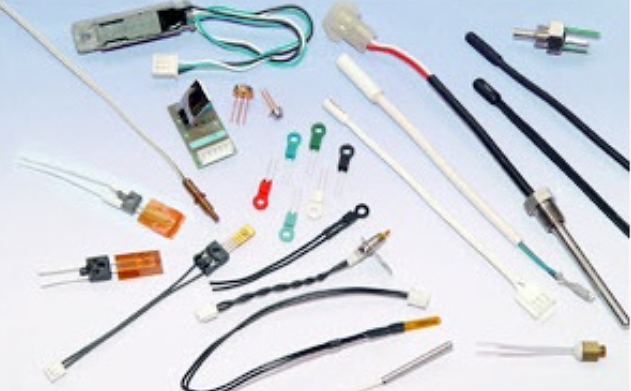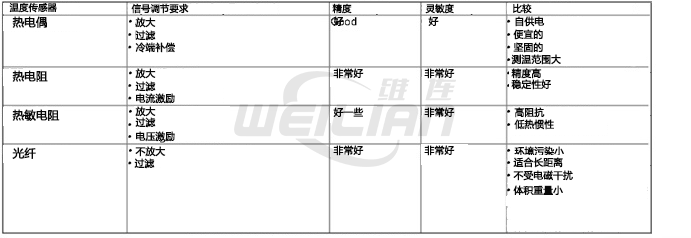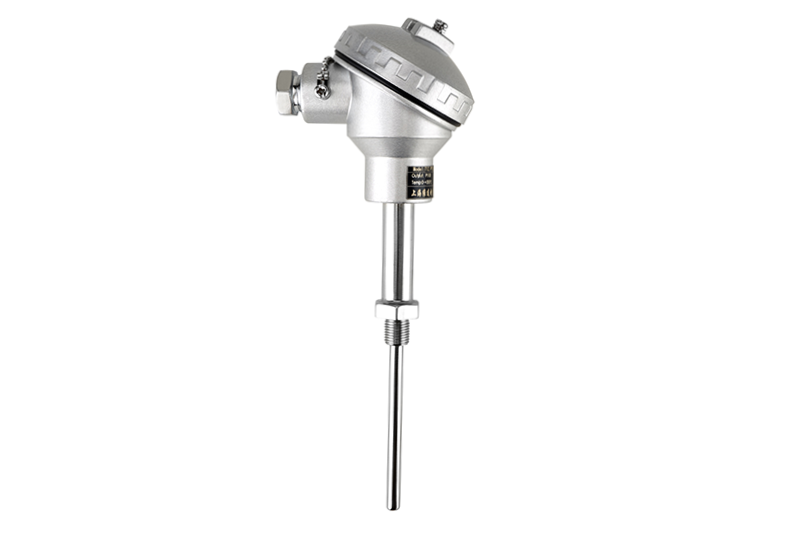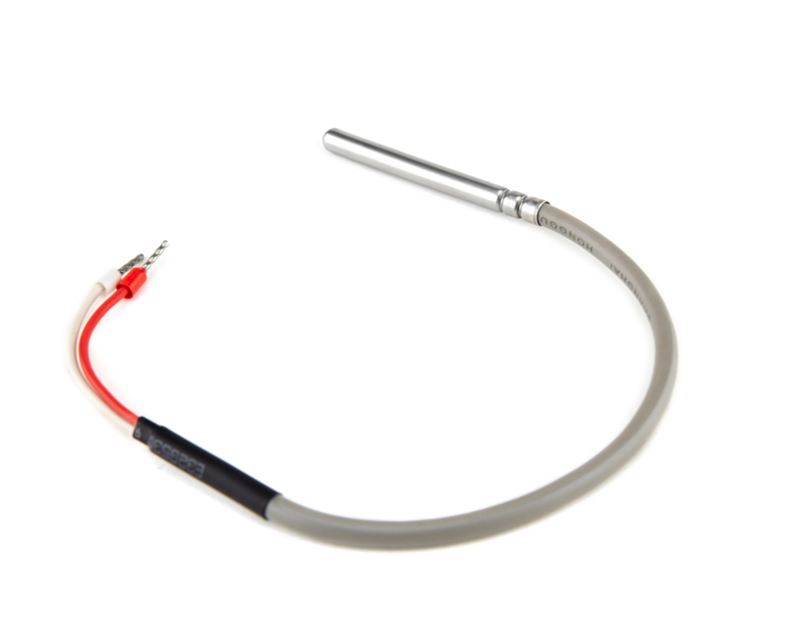
 How to choose the right temperature sensor for your measurement system?
How to choose the right temperature sensor for your measurement system?
The most common temperature sensors are thermocouples , thermistor resistance , and resistance temperature sensors (RTD). Although optical fiber sensors are more professional, they are becoming more and more popular in terms of temperature measurement.

Hot spot

The thermocouple is the most popular temperature sensor and is very effective in applications that require large temperature range. They are cheap (1 to 200) and the response time is only one minute. Due to material characteristics and other factors, it is difficult to reach temperature accuracy below 1 ° C.
Thermal resistance

The RTD temperature sensor is almost as popular as the thermocouple, and can maintain a stable temperature reading for many years. Compared with the thermocouple, the temperature range of the RTD temperature sensor is small (-200 to 500 ° C), which requires current incentives, and the response time is slow (2.5 to 10 seconds). The RTD temperature sensor is mainly used for accurate temperature measurement (± 1.9%) in applications with low time requirements. The cost of RTD temperature sensor is between 10 yuan and 2,000 yuan.
Heat -sensitive resistance

Compared with the sensors mentioned earlier, the temperature range of thermal resistance is smaller (-90 to 130 ° C). They have the best accuracy (± .05 ° C), but they are more vulnerable than the armocouple or RTD temperature sensor. Thermistor involves incentives like the RTD temperature sensor; however, the thermistor requires voltage incentives instead of current incentives. The price of thermal resistance is usually between 2 yuan and 10 yuan.
Fiber
Another choice is to measure the temperature with optical fiber. Fiber temperature sensor is suitable for a dangerous environment or there may be conventional electromagnetic interference. They are not influenced by noise, electrical -free, non -electromagnetic interference (EMI), and can transmit data for long distances without loss of signal integrity or no loss.
Dual metal tablets

A dual -metal band is converted into mechanical displacement that is used to change the temperature. It is not recommended to continue to use dual metal thermometer above 420 degrees Celsius. The thermal stability of the dual metal thermometer is the inherent characteristics of the metal used, and it cannot be guaranteed to continue to run above 471 ° C.

